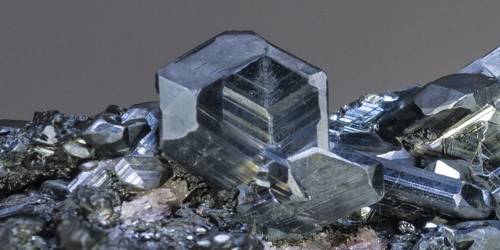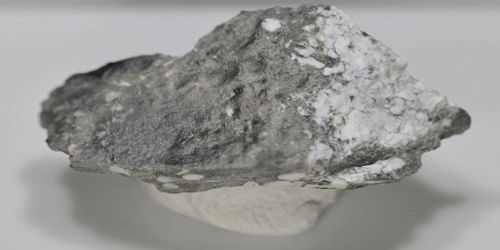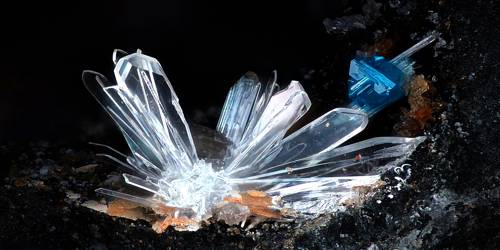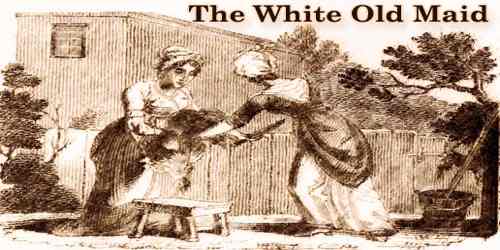Lyonsite [Cu3Fe3+4 (VO4)6] is a rare black vanadate mineral that is opaque with a metallic luster. It is an orthorhombic-dipyramidal black mineral containing copper, iron, oxygen, and vanadium.
It was first described in 1987 for an occurrence on the Izalco volcano, El Salvador. It was named for mineralogist John Bartholomew Lyons (1916–1998) of Dartmouth College. It has also been reported from a mine dump in the Lichtenberg Absetzer Mine of Thuringia, Germany.
General Information:
- Category: Vanadate mineral
- Formula: [Cu3Fe3+4 (VO4)6]
- Crystal system: Orthorhombic
- Crystal class: Dipyramidal (mmm)
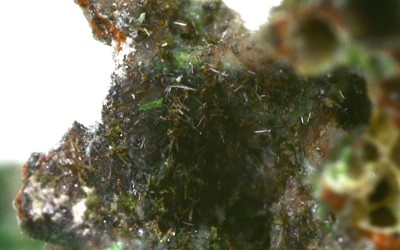
Properties
It crystallizes in the orthorhombic crystal system. Lyonsite often occurs as small tabular typically well-formed crystals. Lyonsite has a good cleavage and a dark gray streak. It is rare copper vanadate reported from three world-wide localities, two are volcanoes.
- Color: Black; creamy white in reflected light in polished section
- Crystal habit: As euhedral flattened lath shaped crystals
- Cleavage: Good on {001}
- Tenacity: Brittle
- Luster: Metallic
- Streak: Dark gray
- Diaphaneity: Opaque
- Specific gravity: 4.215 calculated
Occurrence: In summit crater fumaroles, as a sublimate formed at ≤800 ◦C.
Lyonsite occurs as a sublimate in volcanic fumaroles. It is often associated with howardevansite and thenardite. It occurs as euhedral, black lathlike crystals up to 230 μm in greatest dimension.
This specimen consists of very tiny, less than 0.2mm, black grains with an unknown white mineral.
Association: Thenardite, howardevansite.
Information Source:


